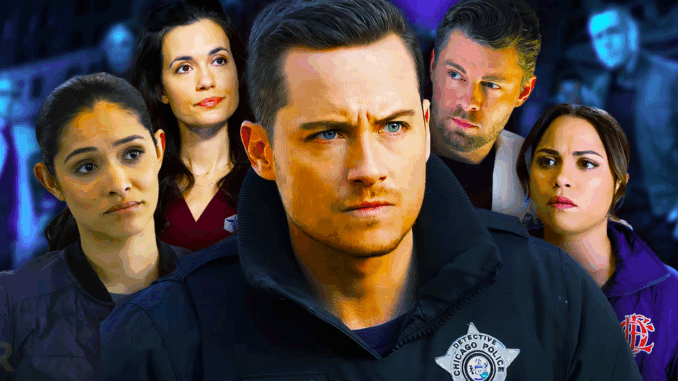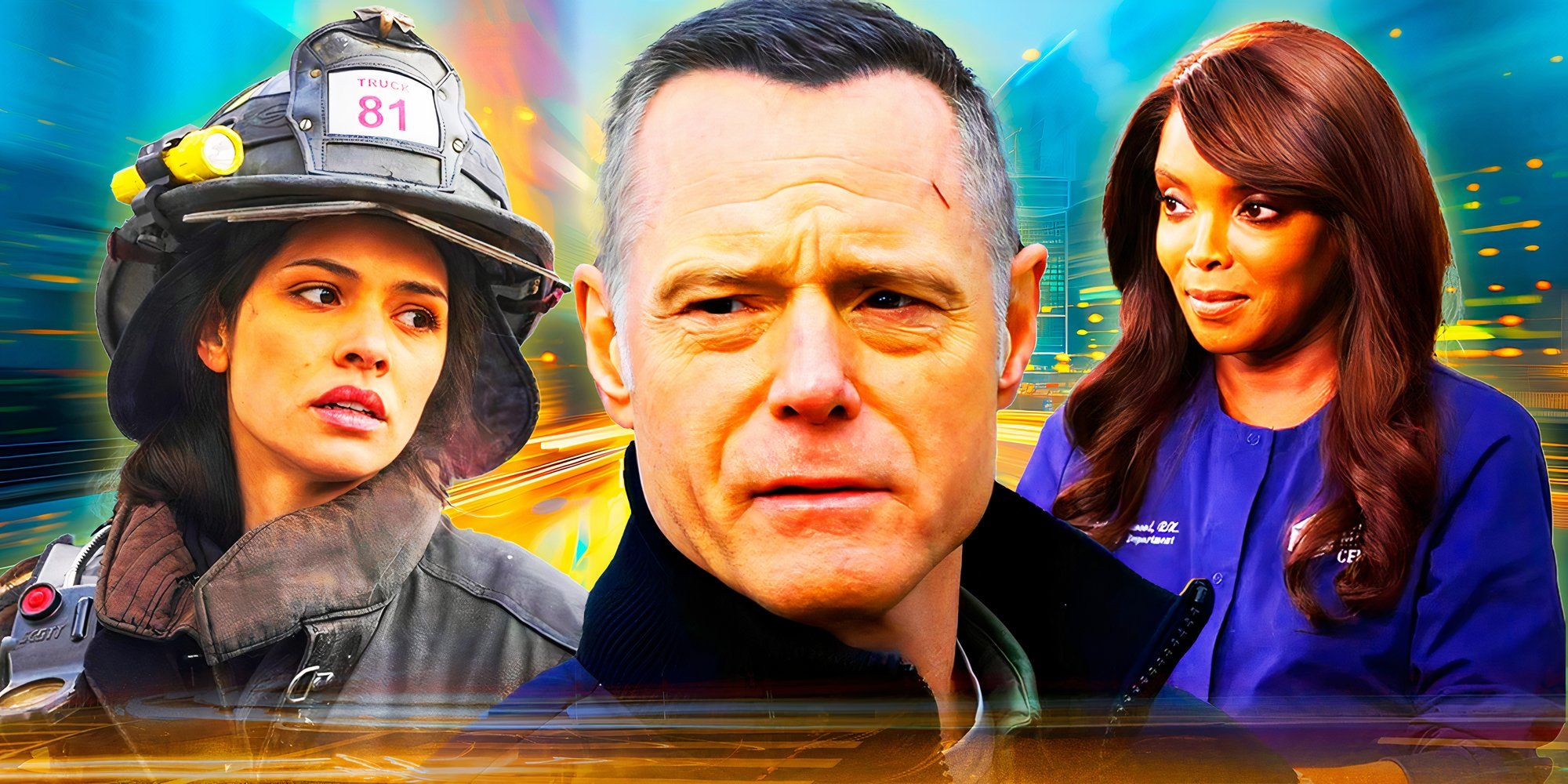
For more than a decade, NBC’s One Chicago universe has brought fans gripping, interwoven stories that span the streets, hospitals, and firehouses of the Windy City. But it’s the rare magic of the crossover episodes—those thrilling moments when firefighters, detectives, and doctors work side by side—that continues to raise the bar for television storytelling.
The Power of the Shared Universe
When Chicago Fire debuted in 2012, no one could have predicted it would launch one of the most successful shared universes in network television history. The eventual arrival of Chicago P.D. in 2014 and Chicago Med in 2015 created a seamless, lived-in world where crises bleed across precincts and departments, and where relationships—both personal and professional—span series.
These crossovers aren’t just flashy ratings grabs. They are complex, coordinated efforts that challenge the writers, directors, and cast of all three shows. But the payoff is huge: viewers are rewarded with richer stories, bigger stakes, and a unique sense of continuity that few dramas can match.
The Art of the Three-Part Crossover
Perhaps the most iconic examples are the three-night, three-show crossovers—carefully plotted events that kick off with a fire, explode into a criminal investigation, and culminate in a life-or-death battle at Chicago Med.
Take the epic Infection trilogy from 2019. What began as Firehouse 51 responding to a mysterious emergency spiraled into a biological threat that rocked the entire city. With Intelligence chasing suspects, and Dr. Halstead and April Sexton working on a cure, fans were treated to one of the most ambitious crossover events in network TV history.

Behind the scenes, these episodes required extensive collaboration between showrunners, especially Derek Haas (Chicago Fire), Gwen Sigan (Chicago P.D.), and Diane Frolov and Andrew Schneider (Chicago Med). Scheduling actors across three series, syncing story beats, and filming in real locations across Chicago made the process nothing short of a logistical masterpiece.
Relationships That Cross Borders
One of the greatest strengths of the One Chicago universe is how character relationships span series. Romantic entanglements like Will Halstead (Med) and Jay Halstead (P.D.), or Brett and Casey (Fire) affecting decisions across departments, give weight to every shared scene. Even friendships—like Cruz (Fire) and Atwater (P.D.)—highlight how interconnected the city’s first responders really are.
These bonds make crossovers emotionally potent. When tragedy strikes one department, the others feel it. When someone makes a hero’s sacrifice, it reverberates across the whole universe.
Why It Works (And Keeps Working)
What sets the One Chicago crossovers apart is the emotional realism. The shows don’t force connections just for spectacle. Instead, they treat Chicago as a breathing city—where it’s natural for a firefighter to call a cop, or a doctor to need backup during a mass casualty event.
There’s also the fan factor. Viewers of one show are often drawn into the others because of the interconnected storytelling. Crossovers reward loyalty while also serving as a perfect entry point for newcomers.
And let’s not forget the technical achievement. From burning buildings to complex ER scenes and high-stakes car chases, the production teams on these shows continually deliver cinematic scale on a weekly TV schedule.
Will There Be More?
Although 2024–25 hasn’t yet brought a full three-part crossover like years past, fans are still hoping. With Chicago Fire heading into Season 14, and both P.D. and Med staying strong, the door remains wide open for future crossover chaos. Showrunners have hinted at possibilities, and actors like Jesse Lee Soffer and Taylor Kinney have said in interviews that they love working together across shows.
If history is any indication, when the next big event does hit Chicago, it’ll bring the city—and its loyal viewers—to the edge of their seats once again.
